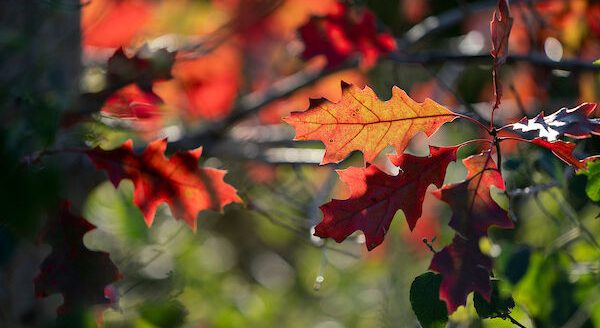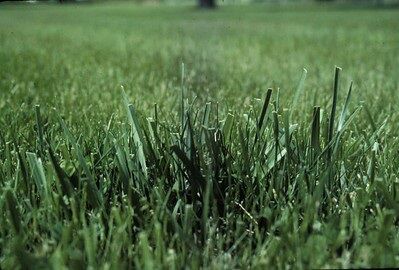Gardening tasks for March
By Nell Reed
Oklahoma County Extension Master Gardener
Are you looking forward to working in your garden as soon as the weather is warmer? Listed below are tasks that can be done as you prepare for planting days ahead in April. Fact sheets containing additional information on gardening and other subjects are available at http://osufacts.okstate.edu.
Lawns
Prepare lawn mower; install clean filters.
Remove excessive thatch from warm season lawns. If necessary, it should precede crabgrass control treatment.
March is the second-best time of the year to seed cool-season turfgrass; however, fall is the best time to plant.
Cool-season lawns such as bluegrass, fescue, and ryegrass may be fertilized now with the first application of the season. Usually four applications are required per year, in March, May, October and November.
Broadleaf weeds can easily be controlled in cool-season lawns at this time with post-emergent broadleaf herbicides.
Begin mowing cool season grasses at 1 ½ to 3 ½ inches high.
Flower beds
Apply organic mulch to control weeds in beds. Landscape fabric barrier can reduce the amount of mulch needed, but care should be taken to ensure proper water penetration to plants’ roots.
Trees and shrubs
Chemical and physical control of galls (swellings) on stems and foliage of trees should begin now.
Dormant oil can still be applied to control mites, galls, overwintering aphids, etc.
The first generation of Nantucket Pine Tip Moth appears this month. Begin pesticide applications in late March based on pheromone catches.
Anthracnose control on sycamore, maple, and oaks should begin at bud swell.
Roses
Prune roses just before growth starts and begin a regular disease spray program as the foliage appears. Check with garden center personnel for roses that don’t require chemical applications.
Perennials and Grasses: Divide and replant summer and fall-blooming perennials. Mow or cut back old liriope and all other ornamental grass foliage.
Mulching
Mulching Garden Soils, HLA-6005 contains information about mulching your garden such as type of mulch to use and the purposes of mulching.
Tree mulching: A comprehensive article called Mulching Landscape Trees has been published by Penn State Extension and is available at https://extension.psu.edu/mulching-landscape-trees. Key points in the article are mulch out, not up, back off from the trunk, mulch to the trees drip line, if possible, go organic and keep the trunk dry and the roots moist. The author, David R. Jackson, forest resources educator, also writes about volcano mulching which is piling mulch around the trunk of the tree. Volcano mulching can be seen in the Oklahoma City area and is a practice that is detrimental to trees.

